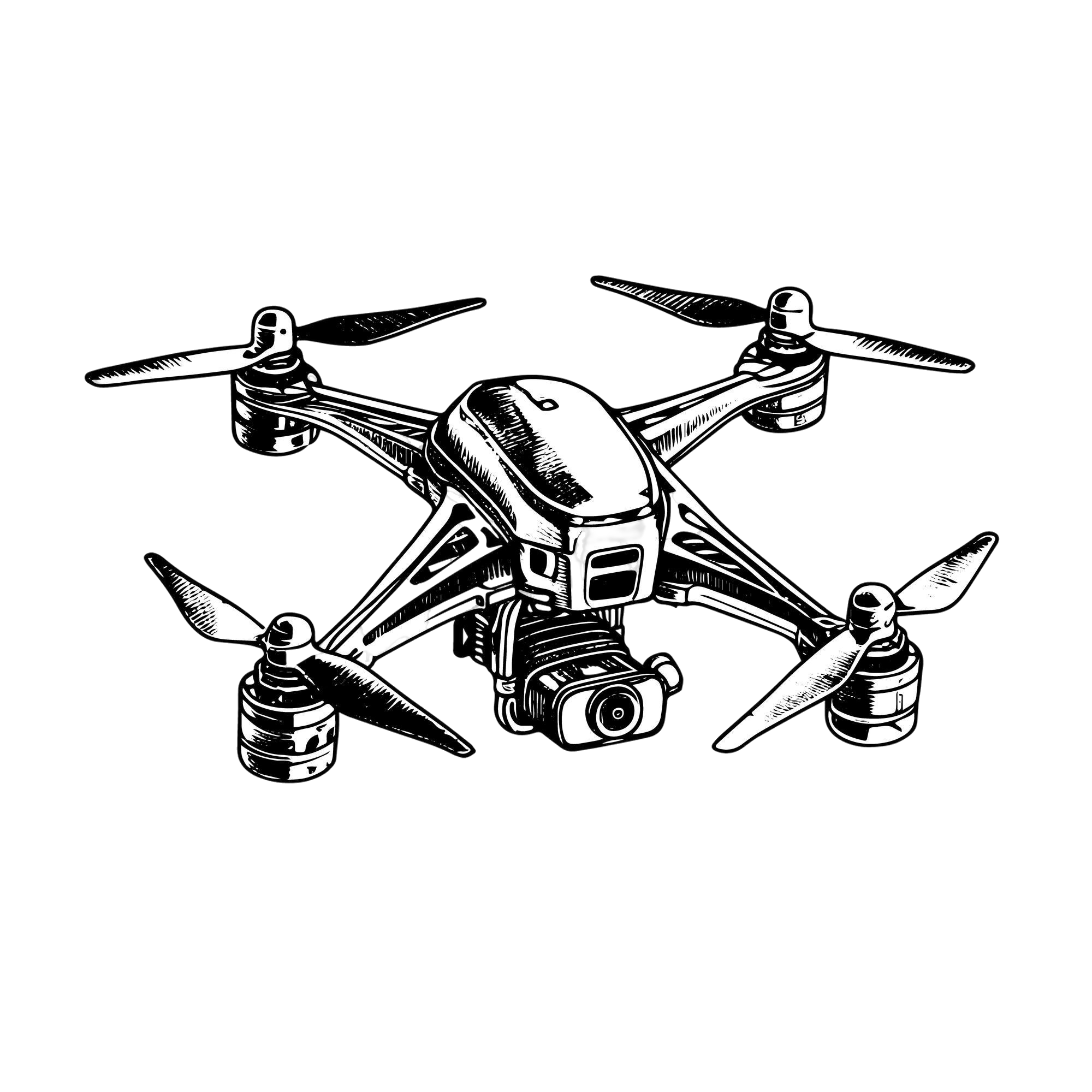
Defining
Cones and Rods
Cones: Your Eyes’ Detail and Color Sensors
Cones are the cells in your eyes responsible for detecting color and fine detail.
They function best in bright, well-lit conditions and are essential for tasks that require sharp focus—like reading your drone’s control panel or spotting color-coded indicators.
In low light, cones become less effective, which can lead to reduced clarity and blind spots, making it harder to see crucial visual cues during flight operations.
Rods: Your Eyes’ Night Vision and Motion Sensors
Rods are the cells in your eyes that are highly sensitive to light and are essential for seeing in low-light conditions.
They don’t detect color, but they excel at picking up movement and supporting peripheral vision, which is especially useful when flying at dawn, dusk, or in shaded environments.
Rods can become overstimulated by bright light and may need time to adjust after exposure—something to keep in mind when moving between lighting conditions during a mission.
Memory Trick: Picture a long metal rod stretching out to your sides—helping you track motion in your periphery, even when it’s dark.




